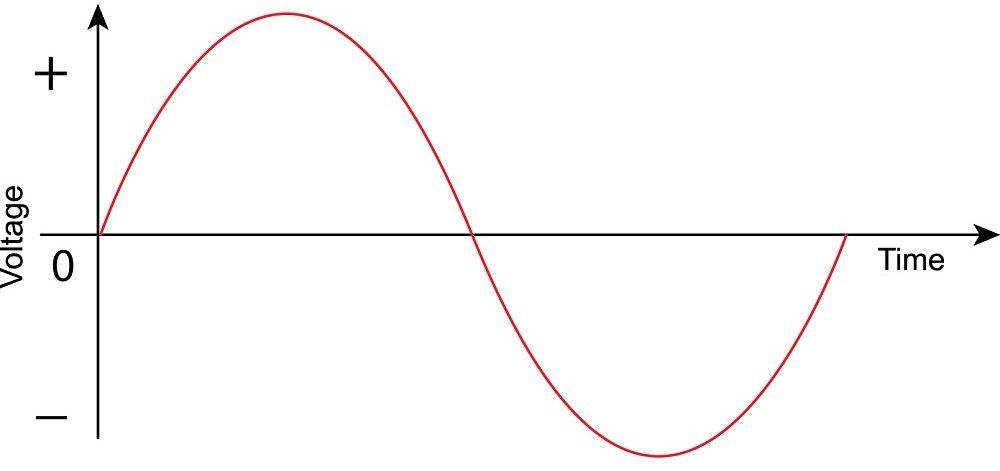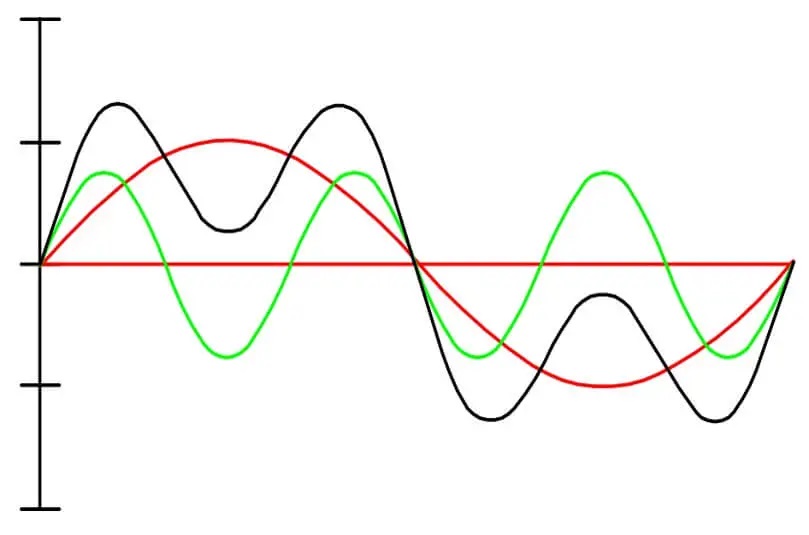PJW Electrical Metering and Harmonics

With the increasing distribution and use of smart metering for domestic and commercial usage, power quality monitoring is gaining in importance. Understanding how Electrical Metering and Harmonics affects your home or commercial investments is a vital part of getting the best use of your utility metering systems.
Harmonic analysis for current and voltage signals allows energy meters to identify key power quality indicators in your meters, helping to prevent excessive harmonic currents which can lead to issues such as overheating of electrical conductors and resulting in shorter lifespans or damage to equipment. It can also be the cause of incorrect meter readings and increased energy costs.
In order to better understand harmonics in electrical systems, it is helpful to look at the electrical frequencies which may get disrupted in certain circumstances or conditions.
Frequency
Electric currents are produced by the oscillation of the alternating current which we call (AC) This means it is alternating between positive and negative voltage.
This oscillation is referred to as electrical frequency. An alternating current which oscillates 50 times a second (as it does in the UK is said to have a frequency of 50 hertz (50hz).
A sine wave can be described as a symmetrical, repeating, oscillating or alternating current or voltage within a wire. The number of times the sine wave goes through a complete cycle in the space of 1 second is called the frequency. Each cycle is called a period, hence the term ‘periodic wave’

Periodic waves are found in a wide range of natural and man made phenomena, including the waves of the ocean, musical instruments, sound and light.
Electricity transmitted over the public power grid can also be graphed as periodic waves, and these can be subject to numerous influences that have an effect on the ‘clean’ symmetrical patterns of them.
Harmonics
Harmonics can be described as disturbances which repeat in cycles, for a significant and disruptive number of cycles. They are essentially distortions of an electrical power system, and affect the quality of power output. .

If the fundamental frequency is 50 Hz, as described above, the frequencies of the first three higher harmonics will be 100 Hz (2nd harmonic), 150 Hz (3rd harmonic), 200 Hz (4th harmonic) and any addition of waves with these frequencies is periodic at 50 Hz.
This is because a harmonic is a wave with a frequency that is a positive ‘integer multiple’ of a fundamental frequency, which is a frequency of the original periodic signal. This may be a sinusoidal wave for example.
Harmonics are not dips, or swells in currents, transient voltages, or frequency variations.
These are all non-periodic kinds of power quality issues. Harmonics are always periodic, which means that they occur at a given interval.
This image illustrates harmonics in a fundamental sine wave (shown here in red). The harmonic wave (shown in green) acts to disrupt the original wave, and creates a new distorted wave shown in black. Additional harmonic waves will result in further variation and distortion in this wave form.
The presence of this combination in totality is referred to as Total Harmonic Distortion or THD. There is a mathematical formula for calculating this, illustrated here.

The presence of harmonics in an electrical system is caused by non-linear loads, and indicates distortion of the voltage or current waveform (frequency) and this implies such a distribution of the electrical power could result in the malfunctioning of the equipment and protective devices, infrastructural problems, and generate system losses. They can result in metering errors and disputes.
Causes of harmonics in electrical systems
Harmonics are generated by the addition of non linear loads, for examply by an AC-DC switching of power supply. They may be caused by environmental causes such as lightning, electromagnetic interference and others. This may result in the original AC circuit being affected by a significant percentage of THD, delivered into a power supply. Therefore, the higher the THD, the more distorted the original AC power wave form.
It is possible for THD to be greater than 100%, meaning that the signal has more harmonic energy than fundamental energy, resulting in damage to infrastructure or and equipment in the worst scenarios. More commonly, harmonic distortion can produce system underperformance, shortened hardware life, wasted energy, and increased electrical costs to users and providers or equipment.
Harmonics & Metering Accuracy
Mechanical meters will not register harmonics well with up to 80% likelihood of error at higher harmonic distortions. Solid state meters are much better at measuring harmonics, depending on the sampling rate and VAR calculation used.
PJW Electronic Meters work by calculating instantaneous power at short sampling intervals.
They multiply instantaneous voltage by instantaneous current. The result is integrated to calculate average power. If the voltage waveform is sinusoidal, no real power is transmitted and the result of the calculation is the fundamental power. If the voltage waveform is distorted, there is real power transmitted at both the fundamental and the harmonic frequencies and that is correctly included in the calculation.
Modern test instruments such as those designed and supplied at PJW Metering, are built to perform automatic calculations of Total Harmonic Distortion. The power quality analysers, loggers, and meters which we supply to our customers incorporate the most recent measurement technology, to provide fast and accurate analysis and readings, some up to the 50th harmonic. The data collected can help you to monitor harmonics within your systems efficiently and accurately, as well as measuring other power quality parameters that can degrade power quality.
The resulting benefits to you when using PJW Metering and analytical systems is precision readings, safety, reliability, ultimately saving you money and facilitating optimal conditions for all hardware systems running on original power supplies.